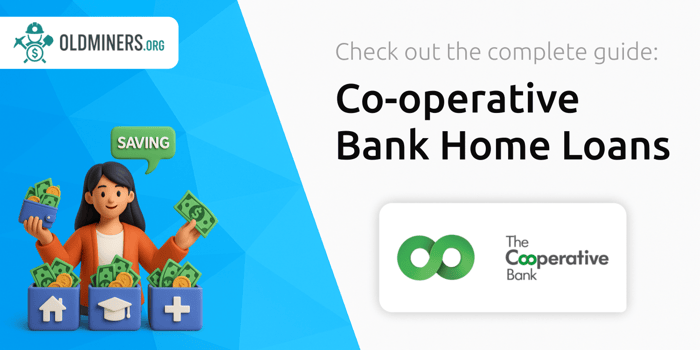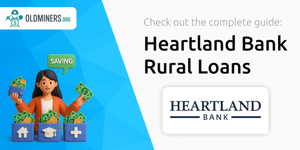
Dreaming of home ownership can sometimes feel daunting, but Co-operative Bank Home Loans offer a unique path that makes the dream more accessible, especially if youre open to community living and shared benefits.
These types of loans are tailored not just for buying property but buying into a community of co-owners through shares.
Designed around co-operative housing ownership, homeowners share management responsibilities, maintenance costs, and enjoy potentially lower buy-in costs compared to traditional home loans.
In this guide, we delve deep into the world of Co-operative Bank Home Loans, exploring its myriad benefits, evaluating its potential pros and cons, and providing actionable tips on how to apply.
Whether you are a first-time buyer or someone looking for investment opportunities, understanding the unique aspects of cooperative housing finance might enlighten your journey.
Let’s dive right into what Co-operative Bank Home Loans can offer and how you can make informed decisions to benefit from this opportunity.
Although every type of loan has its distinct features, Co-operative Bank Home Loans stand out for several significant reasons, tailored to meet the needs of a different kind of homeowner.
Co-operative Bank Home Loans can be a goldmine for a diverse range of individuals and communities looking for housing solutions that foster collaboration and mutual benefits.
The focus on collective ownership makes co-op bank home loans suitable for those who value community and are seeking more cost-effective housing solutions.
Before diving into any financial commitment, its critical to weigh the positives and negatives. Co-operative Bank Home Loans, like any product, come with their own set of pros and cons.
Reduction in fees and paperwork makes these loans financially attractive.
Offers a strong sense of community through shared decision-making and responsibilities.
Enjoy deductions similar to traditional mortgages.
Varies by institution, but often competitive.
Stringent approval processes from co-op boards can be challenging.
Loan collateral is shares, requiring approval of the co-op by lenders.
Often demands a down payment between 20-30%.
Not all lenders offer co-op loans, which might narrow your financing options.
Understanding and navigating the world of home loans can be complex, but Co-operative Bank Home Loans simplify part of the process through their unique cooperative approach.
Here are some reasons why OldMiners stands by these loans.
We recognize the value of community and shared success in financial endeavors, and co-op loans align perfectly with that ethos, offering a balance of affordability, protection, and participation.
Getting started with a Co-operative Bank Home Loan involves a few straightforward steps, but as with any mortgage, a detailed approach is key.
To qualify, you usually need a minimum credit score of around 680, a down payment of 20-30%, a suitable debt-to-income ratio, detailed financial documentation, sufficient liquid assets post-closing, and sometimes co-op board approval.
Co-op loans are secured against shares in the cooperative rather than the real estate itself, often requiring the lenders approval of the cooperative building in question.
Typically, yes. Owners can benefit from mortgage interest and property tax deductions, along with possible other tax advantages depending on personal use and improvements.
Yes, many Co-operative Banks offer personalized mortgage advice to help guide you through the process, especially valuable for first-time homebuyers.
Co-operative Bank Home Loans offer a robust choice for those seeking a more community-focused and financially judicious approach to homeownership.
While they require navigating through unique structural and approval challenges, the long-term benefits of reduced costs, shared maintenance, and enhanced tenant protections cant be ignored.
Take the leap into a co-op for a modern, communal living experience that could redefine your homeownership journey.













